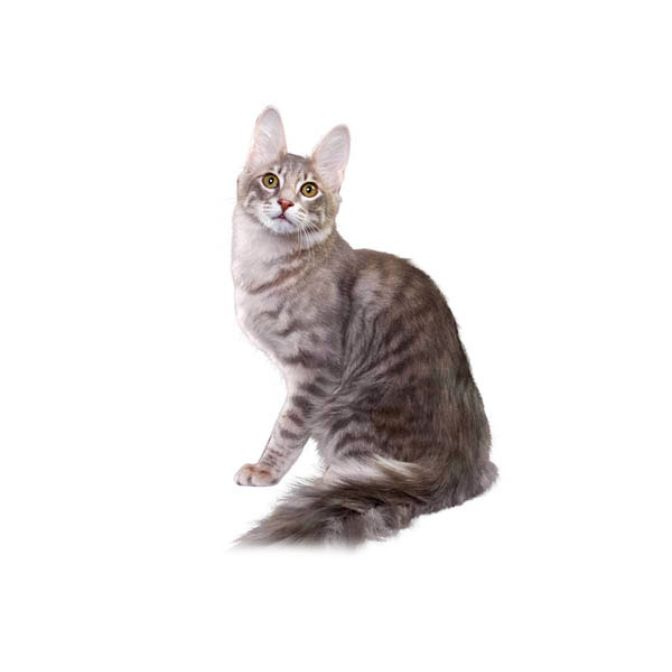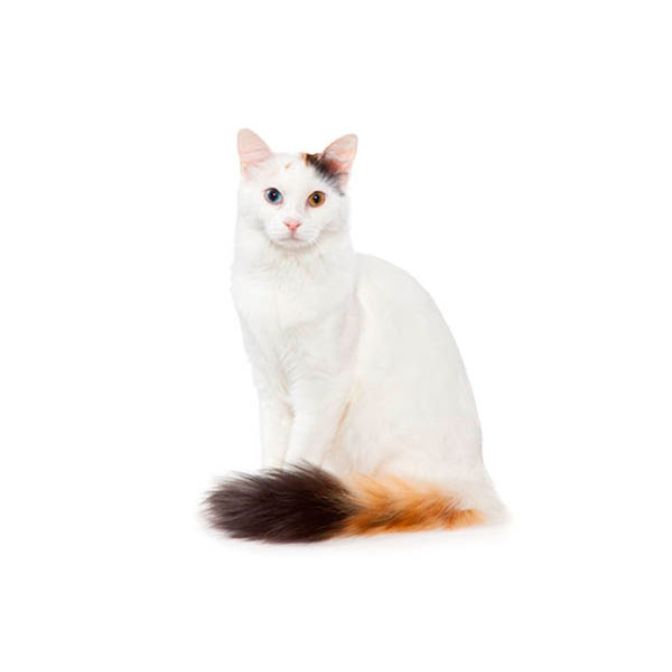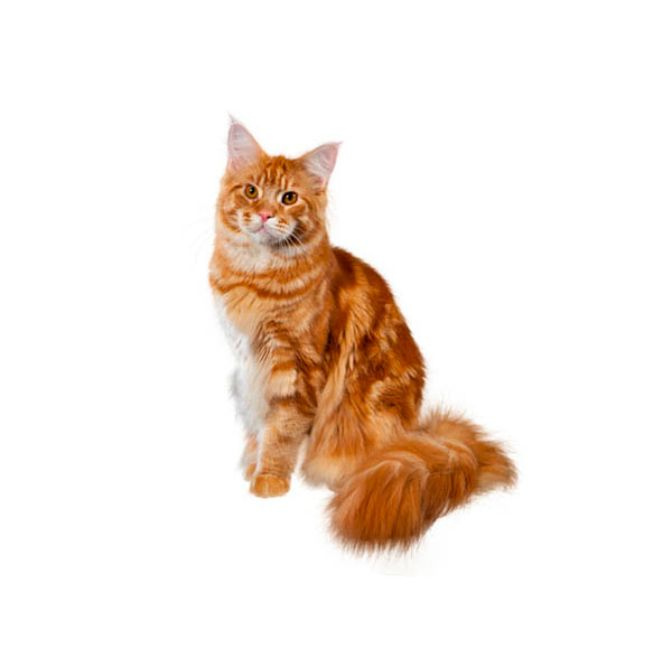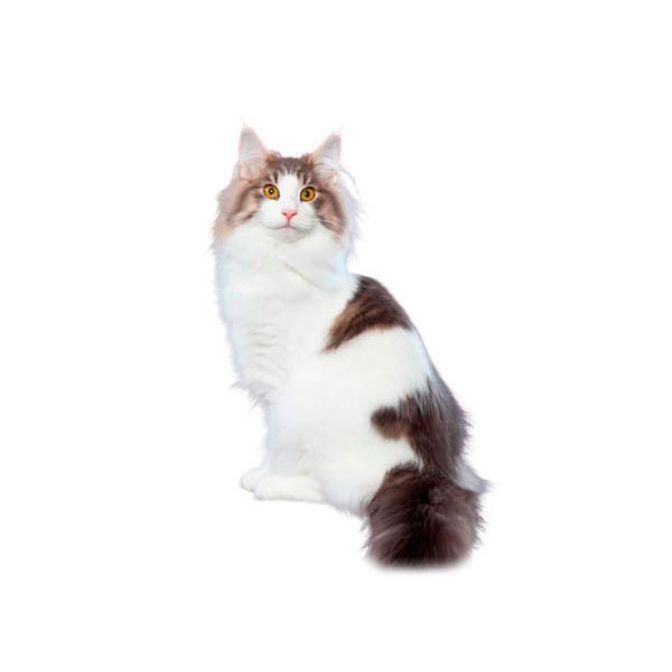Turkish Angora
The Turkish Angora may have been the first longhair cat in Europe and is believed to have descended from longhair cats in Turkey, Russia and Persia. The breed is named for the former Turkish capital of Angora, today known as Ankara.
Medium
Semi Long
Medium
Medium size with males weighing 3.5 - 5kg and females weighing 2.5 - 4kg.
White, black, blue, cream and red, plus various patterns and shadings
An active, playful feline, the Turkish Angora is sometimes called a ballerina among cats due to her gracefulness. One of the most extroverted cat breeds, she loves being the center of attention and enjoys entertaining her human companions.
Angoras are intelligent athletes and are top performers in agility. They are happy to share their home with other pets, as long as those pets understand that she is in charge.
An elegant, beautiful breed, the Turkish Angora has a soft, silky coat on a slender, finely boned frame with a full, tapering tail.
12 to 18 years.
White is the traditional color of the Turkish Angora, but coats can also come in black, blue, cream and red, plus various patterns and shadings.
Turkish Angoras are a moderate-shedding breed, but their coats do not mat as easily as other longhair breeds, and are easy to groom. A weekly combing, and perhaps a bath every couple of months for white or light-colored Angoras, is all that’s needed to keep them looking show-ring ready.
Turkish Angoras are generally healthy, long-lived cats.
White Angoras with blue eyes are prone to deafness, while odd-eyed white Angoras may lose hearing in only one ear. Fortunately, with proper care cats with deafness can manage quite well and live long, healthy lives.
Some Angoras may develop a heart condition called hypertrophic cardiomyopathy, which is the most common form of heart disease in cats. Responsible breeders should screen for this condition.
Turkish Angoras will generally thrive on the nutrition of a quality adult cat food. For Angoras who need help with weight management, consider a healthy weight formula.
The Turkish Angora comes from the Turkish capital of Ankara, which was formerly known as Angora.
The breed was registered with the Cat Fanciers Association (CFA) in 1936, but registration was suspended in 1947 because Siamese cats were still being used in breeding programs. Once this practice was eliminated, registrations resumed in 1953. The Burmese cat was accepted by The International Cat Association (TICA) in 1979.The earliest written reference to this breed is from 16th century France, and during the late 1800s and early 1900s Angoras were popular with cat fanciers in Europe.
Because Angoras were considered to be a national treasure in Turkey, the Ankara Zoo established a breeding program, focusing their efforts on preserving lines producing white cats with blue eyes, gold eyes and odd eyes. They were diligent in their efforts, but also fiercely protective about allowing their cats to go anywhere else.
News of the exotic Turkish Angora reached the United States in the 1950s, through American servicemen who visited the Ankara Zoo. In 1962 the zoo allowed Colonel and Mrs. Walter Grant to bring home an odd-eyed white male named Yildiz and an amber-eyed white female named Yildizcek.
These cats became the foundation of the breeding program in the United States.
The Turkish Angora breed is named for the former Turkish capital of Angora, today known as Ankara.
Angoras actually enjoy playing in water. Some like splashing in the sink or hopping in the shower, while others have been known to willingly enter a body of water and paddle around.




